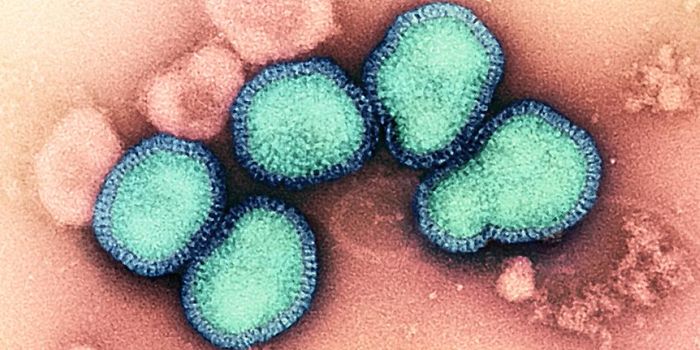A Biomaterial Strong Enough to Repair Vocal Cords
Repairing body tissue is a hard enough challenge as it is, but repairing damaged vocal cords is another type of challenge.
Regenerative medicine has made many strides in the past few years. Being able to repair damaged tissue is one thing, but this field of biotechnology strives to regenerate human cells to return tissue to normal function. In general, synthetic tissue must be robust to withstand the constant movement from the body. Vocal cords pose a unique challenge due to their constant vibration. Until now there hasn’t been a synthetic tissue strong enough to withstand the stress.
New research from McGill University created a hydrogel to solve this problem. Published in Advanced Science, the paper details the properties of the material and how it can be used in clinical practice in the future.
Hydrogels can be injected into the body with low invasiveness, making it a useful material for wound repair. The team’s hydrogel had three advantages: it was permeable, resilient, and cytocompatible, meaning it allowed cells to live and grow. After being injected into the body, the hydrogel acted as a vehicle for cells to begin the regenerative process. The hydrogel was porous, which allowed cells to pass through the hydrogel’s sturdy structure.
Once researchers finished the formula of the hydrogel, they tested its strength against perturbations that the material would experience in a human body. A machine simulated the properties of vocal cords, and after undergoing vibrations 120 times per second over 6 million cycles, the team’s hydrogel was still intact while other standard hydrogels broke or fractured. Only this new hydrogel was able to withstand the stress.
The key was using a pore-forming polymer, that combined both the flexibility and strength necessary to make this hydrogel work. This test demonstrated the first time that such a porous hydrogel was able to stay intact under such strenuous conditions. Its strength demonstrates that it’s able to repair other tissues as well, like muscles, or even hearts.
This work demonstrates a combination of various disciplines coming together to solve a unique challenge. "Our work highlights the synergy of materials science, mechanical engineering, and bioengineering in creating novel biomaterials with unprecedented performance,” reported Professor Jianyu Li, one of the paper’s authors.
The research team has set its sights on the myriad of applications for their product. The team is exploring more of its applications, like drug delivery, tissue engineering, and even the possible creation of lungs to test COVID-19 drugs.
Sources: Advanced Science, ScienceDaily








